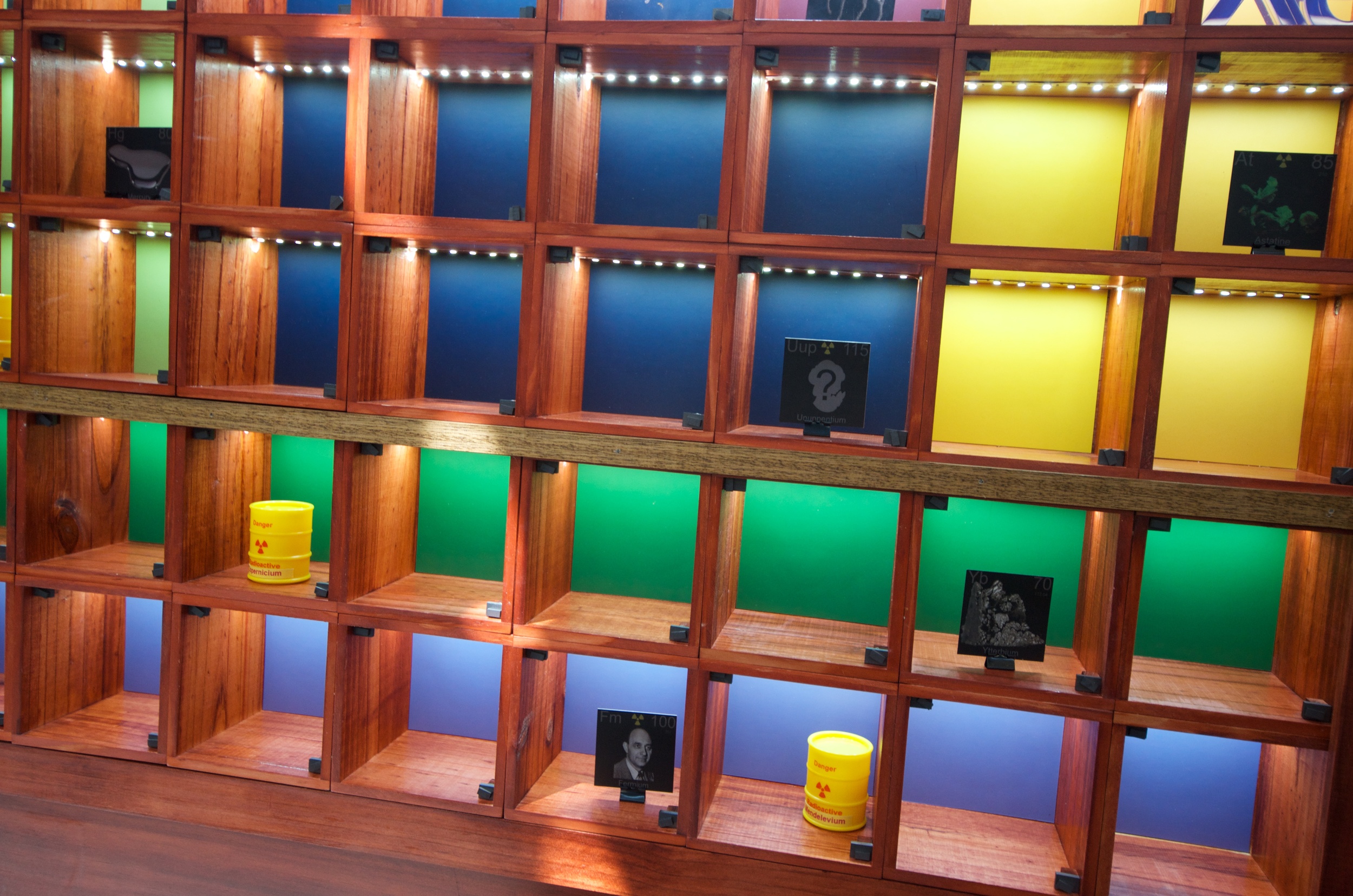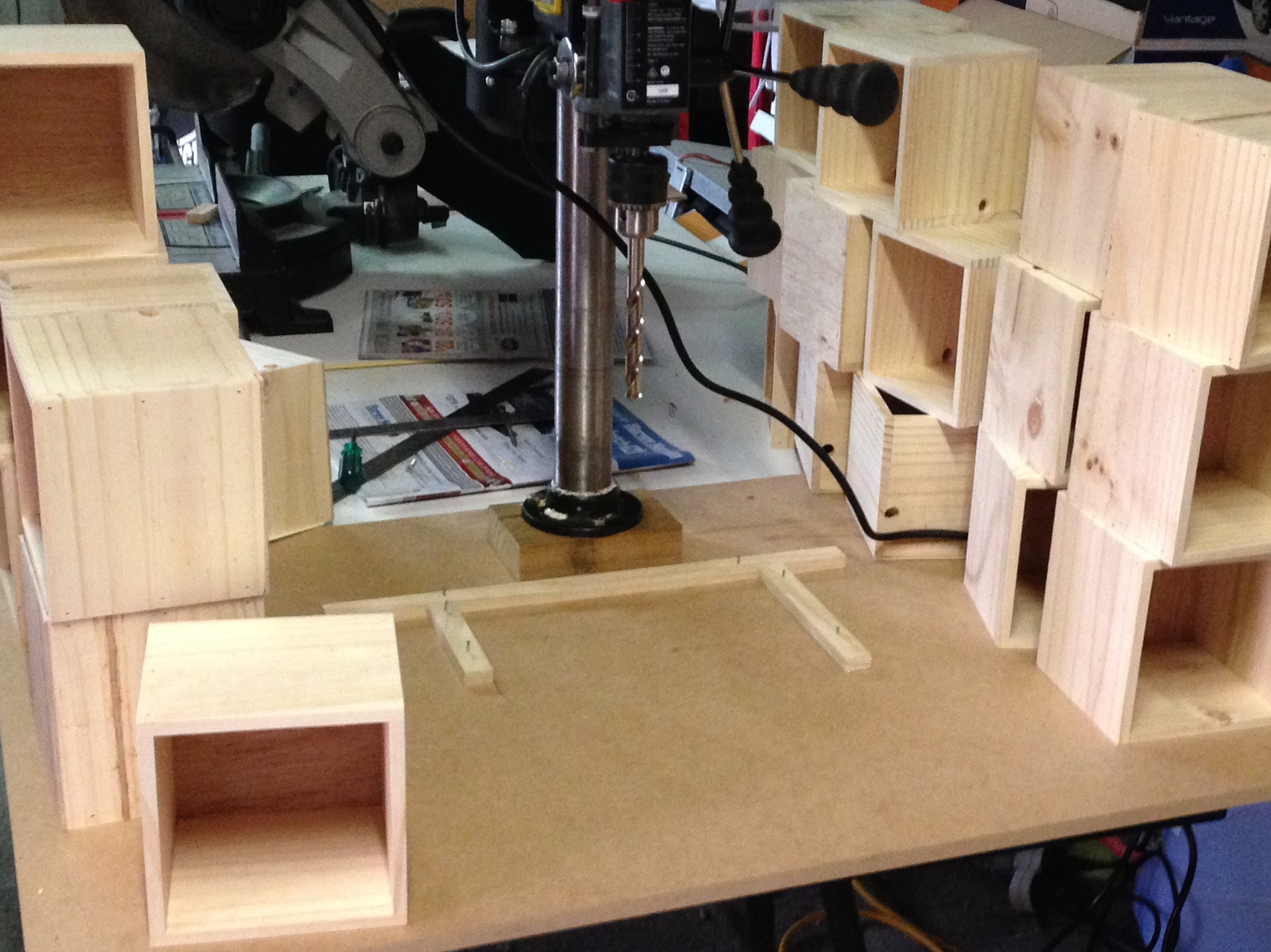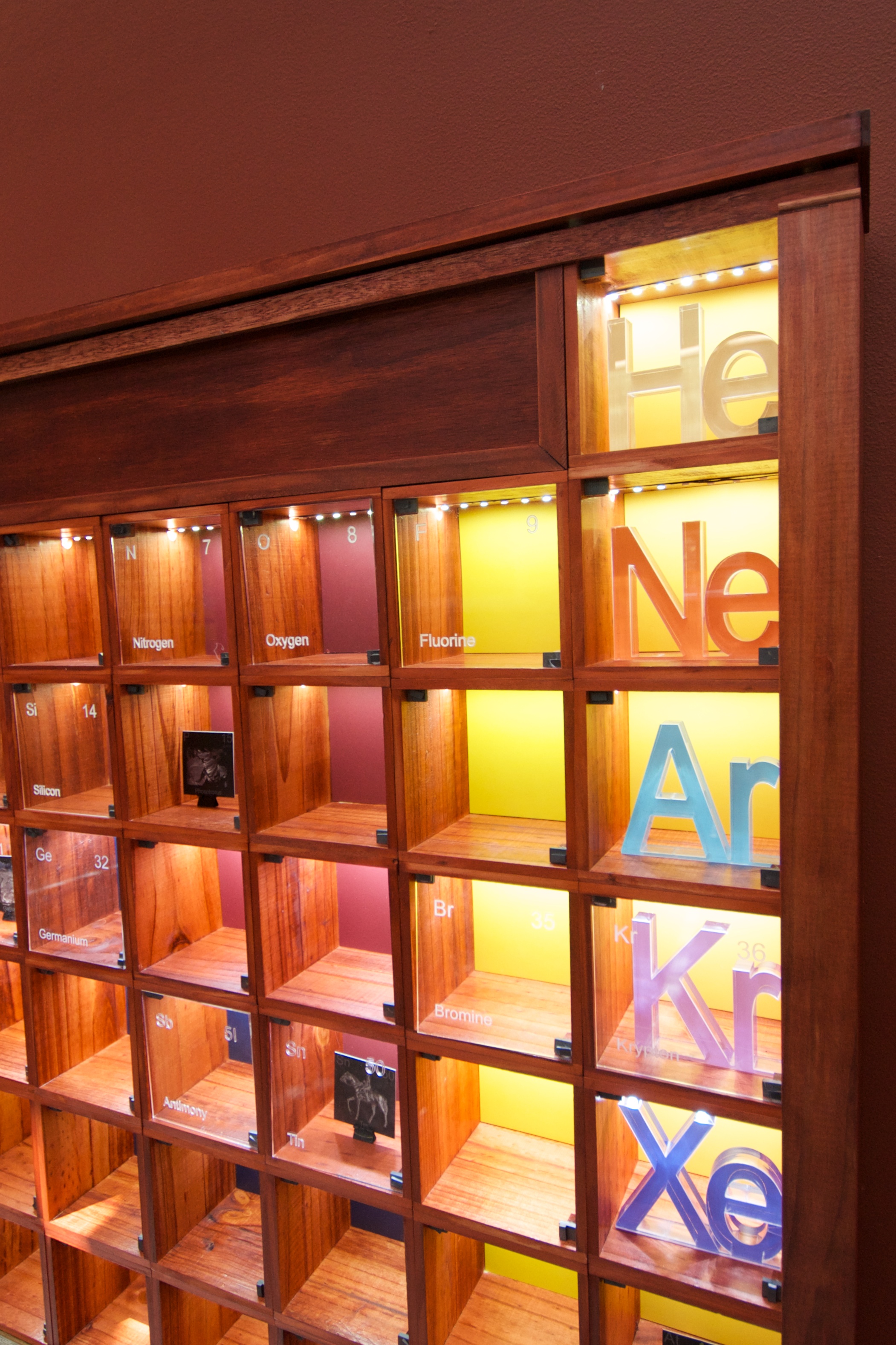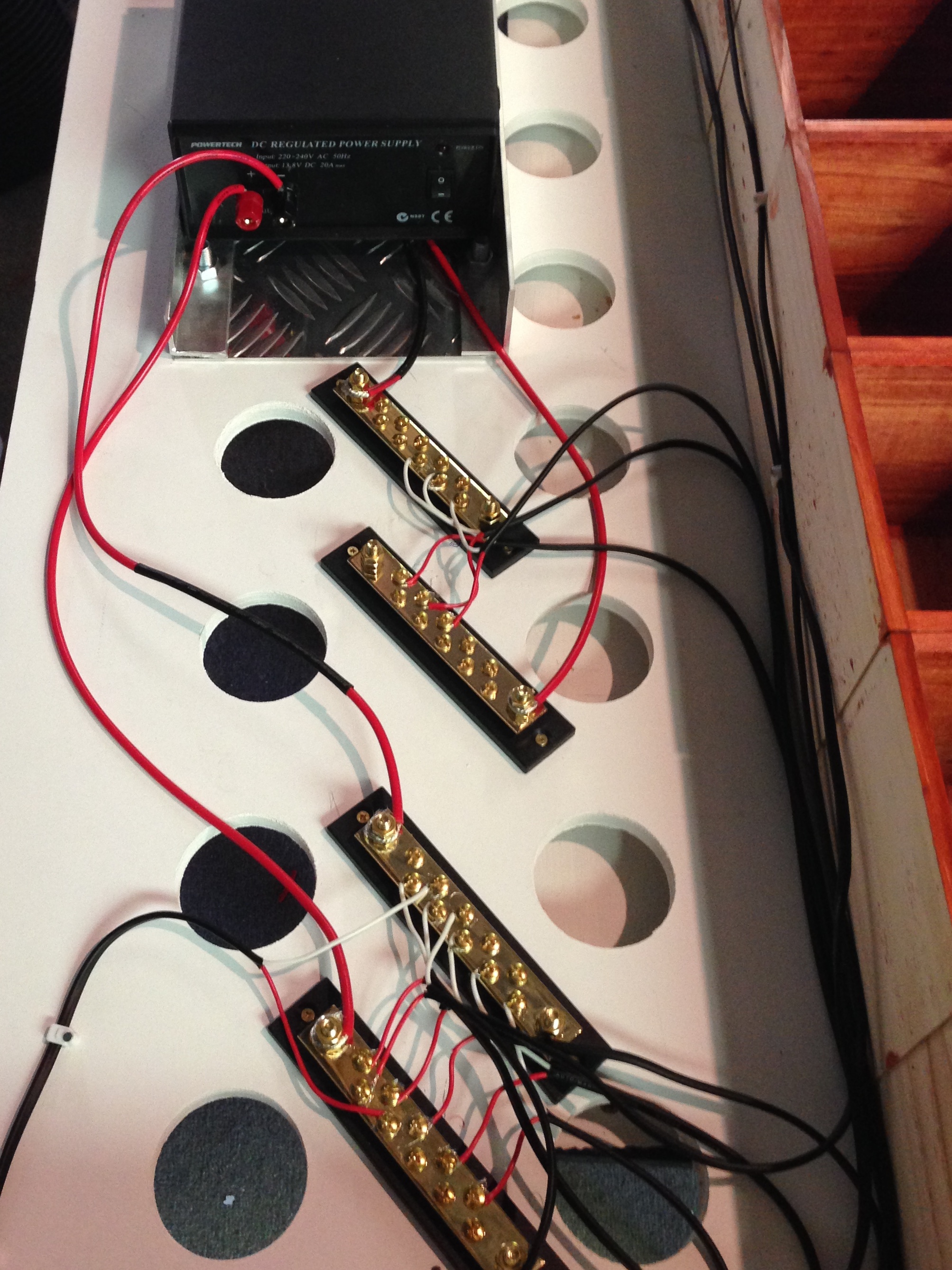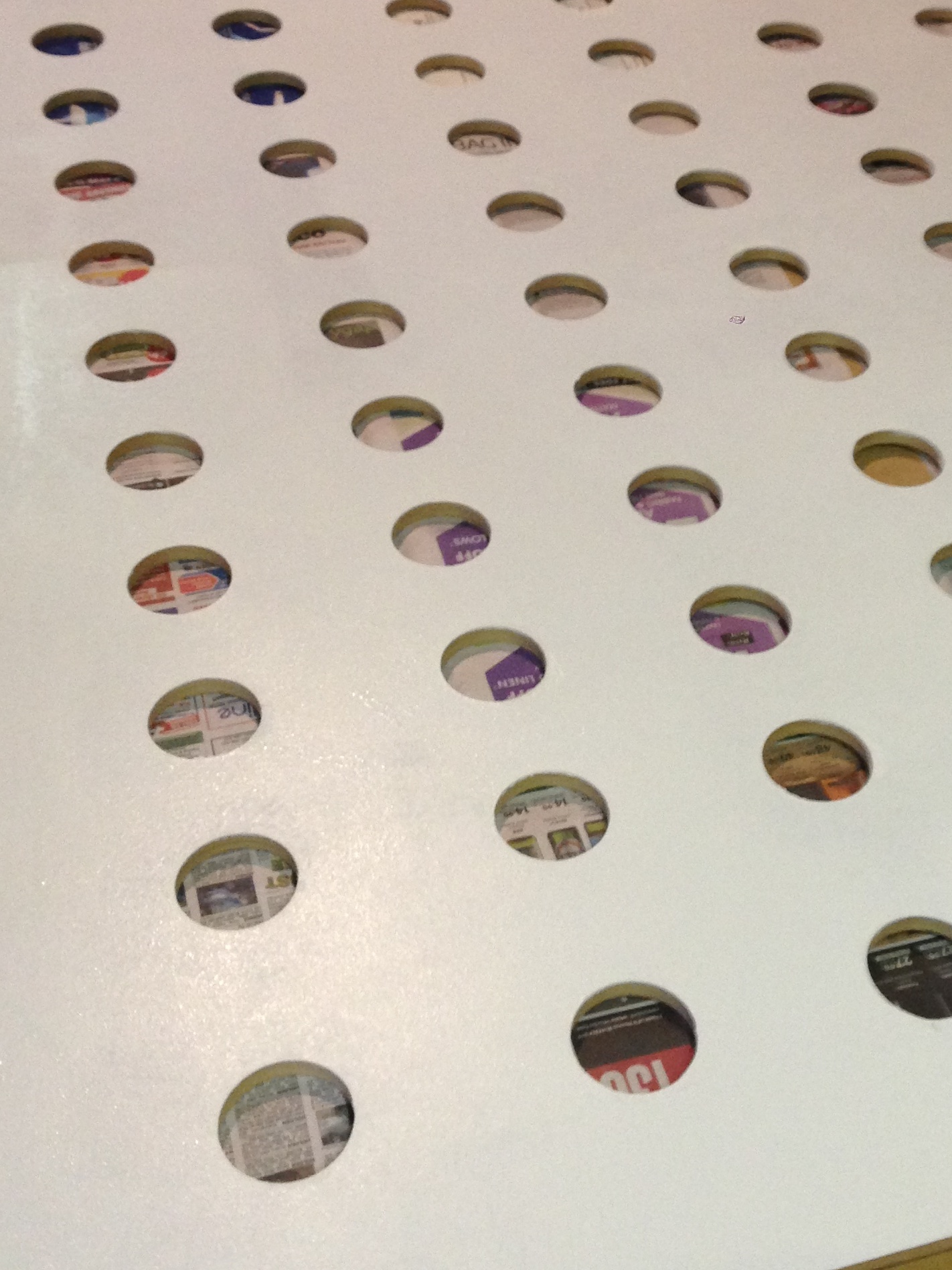Of all the topics that can be discussed around Education, homework is possibly the one most likely to cause heated debate. It is either an essential component of learning, the foundation of positive behaviours for learning as an adult or a waste of time and energy that robs students of valuable time with family and friends. An article by Mark Barnes writing for ‘Brilliant or Insane’ prompted a review of the homework we set and a better understanding of what we hope to achieve by doing so.
As Mark indicates the chorus of voices against traditional homework for students is growing. Most notable for Australian educators is the writing of Jon Hattie that questions the value of homework particularly for primary students. Mark summarises the findings of Harris Cooper as ‘Even Duke researcher Harris Cooper, who tried desperately in two separate studies to find value in the practice, said there is no measurable correlation between homework and achievement in elementary school.’ So if homework is not going to improve academic results is there another reason that makes it valuable.
The traditional response here is that homework teaches students the positive study habits they will require for the future and develops responsibility. Mark disagrees with this arguing that the traditional setting of homework and enforcement of its completion with punitive measures, either from parents at home or teachers when it arrives late offers no opportunity for responsibility. Mark responds to this line of thought by writing 'How can a child demonstrate responsibility, when given no choice in the task and threatened with punishment if the homework is not done?’ Mark does support home learning if it is a result of students wanting to continue the learning they have enjoyed during the school day into their home time and it was this point that encouraged a rethink of our homework strategy.
Last year I had a boy in my class, who as I discovered late in the year had a passion for pottery. In addition to learning piano in his spare time he was attending classes for pottery and over the year he had become quite an expert. By the time he reached his final term in Junior School his skill was such that he produced a film to teach others how to use a potters wheel. Clearly this was a boy who had developed positive habits towards his learning. It made me wonder why I was setting him additional homework on top of what he was already doing and why I was not promoting and supporting the valuable learning he was already engaged with. A little questioning revealed that this boy was not alone, many of our students were actively engaged in learning outside of school and struggled to balance this exciting learning with the demands of the mandated homework programme. To quote Mark ‘the homework madness had to stop’.
The result is what we are trialing this term with our Year Six students. Each week we provide the students with two options for homework. One is the same homework we set last year, a mix of mathematics, spelling, reading and a writing or speaking task, this is Option A. We try hard to make this interesting and engaging and as it is connected to the hopefully exciting learning that occurs in the classrooms it is relevant. The other option is our attempt to allow the students a say in what they do; we call it ‘Option B’.
Students who elect to do ‘Option B’ complete some parts of ‘Option A’ but the final task, the one that takes the bulk of their time is completely open to negotiation. Students taking this option select what they will do, share their idea with their teacher and negotiate their plan for the week ahead. This freedom has transformed homework and allowed students to engage with a rich variety of learning opportunities. More than anything else we are discovering that when our students have agency over what they do they select projects that they enjoy, that challenge their thinking and that take more time and energy to complete than what we as teachers set.
An example of one project shows how this has worked. After seeing some of her colleagues select homework projects linked to food preparation one student decided to make a short film documenting the cooking of cupcakes. It would be easy to dismiss this until you examine the outcomes covered by this one task, from mathematical thinking, accuracy of measurement, following instructions, understanding the structure of a recipe, communicating information to an audience, using technology to share ideas, understanding the needs of an audience, and on and on. The one short film, beautifully edited and shared with the class demonstrated a level of sophistication in communication I had not previously seen from this student and reassured me that we were onto 'something' with this idea.
Another example is the artwork shared with this post. Inspired by an interest in the art of Jackson Pollock this piece pays homage to 'Blue Poles' and shows a student willing to take risks with his exploration of line, colour and abstraction. The pride that he takes in displaying this piece and the positive affirmation he has received from his peers is wonderful to see.
In the past weeks we have had students producing home fitness programmes, computer games, artworks, short poems, collages, research on obscure topics, short comedy films, sports training videos, and a host of websites full of how to guides for everything from chess to hair braiding. There were some initial concerns. Parents in some cases were concerned as to how we would grade this diversity of tasks; others were concerned that students might not select tasks that were suitably challenging. The time it takes to give meaningful feedback has caused some creative thinking and we are looking at ways to maximise the benefits of peer feedback as part of this process.
Early reports from parents are positive. They like that there are the 'Option A' tasks for times when the family is busy and need a more structured week. Mostly they appreciate that they spend less time nagging their children to do their homework. They are seeing a more responsible and self-motivated approach to homework. Our students have an enthusiasm for homework we see only rarely. The conversations around what they want to do for the week are typically overloaded with excitement and passion for the task they have imagined. When it comes time to share back to the class we see students full of pride at what they have achieved and an audience full of appreciation for the time their classmates have put into what they are sharing.
It is possibly too early to decide if we ‘have ended the homework madness’ but so far the results are positive. The challenges ahead are maintaining the enthusiasm, exploring ways to enhance the efficiency of the feedback process and expanding the audience that shares the results.
by Nigel Coutts



























